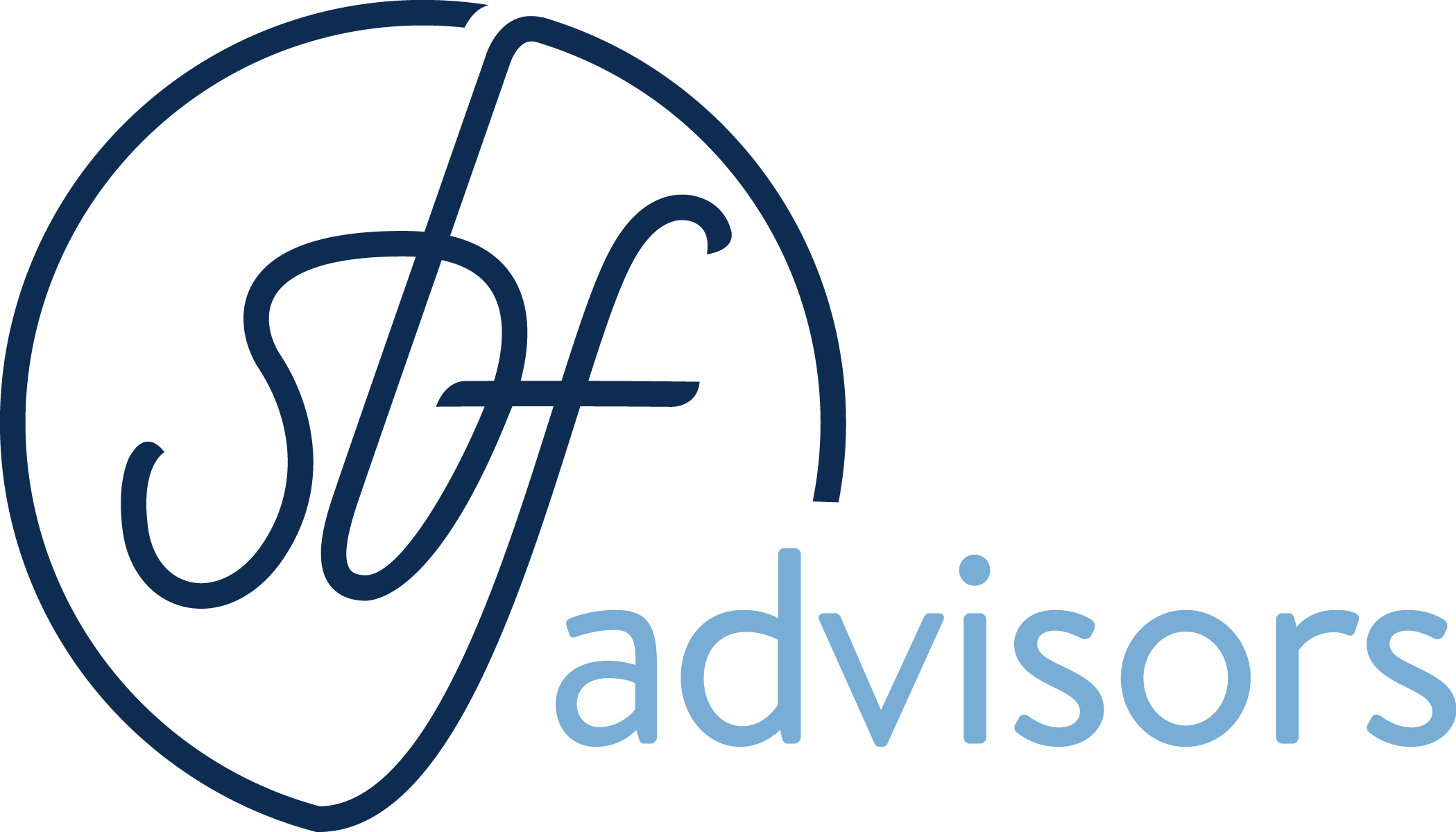Small Business PPP Loan Update
For the past weeks, our firm has been closely monitoring the ever-evolving Paycheck Protection Program (PPP), its funding (or lack thereof), and the details surrounding the forgiveness of loan proceeds.
We know some of our clients have received PPP funding. We are also aware that many of our clients are still awaiting funding.
As many expected, the PPP program quickly ran out of its initial $349 billion of funds, leaving many small businesses without funding. As of the release of this post, Congress is actively working on additional funding for PPP loans.
What to do if you have NOT received PPP funding:
With so much uncertainty surrounding the funding of PPP loans, we strongly recommend looking into alternative platforms if you have not been assigned an SBA number through your bank. We have heard of very limited funding from large banks such as Bank of America, Wells Fargo, etc. to small businesses. An alternative is to apply through FINTECH sites such as PayPal or Kabbage. You can have multiple applications going at one time. However, once you receive an SBA number through an application, you will need to stop proceeding with other applications.
What to do if you HAVE received PPP funding:
If you were one of the fortunate small businesses to already receive funding, it is important to understand the forgiveness rules surrounding the PPP loans and start planning accordingly. Here are the basic rules:
The Paycheck Protection Program was created to help you keep your employees at their current base pay and cover other essential business costs. For these loans, at least 75% of funds must cover payroll costs, while up to 25% can be used for other qualifying costs (like rent, leases and utilities) over an eight-week period following your loan date for it to be forgiven. Any portion of your loan used for non-qualifying costs will not be forgiven, and you’ll be required to pay it back with interest.
The SBA defines qualifying costs as:
- Employee (who live in the U.S.) compensation in the form of salary, wages, commissions or anything similar
- Cash tips or the equivalent, which are based on employer records of past tips or reasonable, good-faith employer estimate if there are no past records
- Vacation, parental, family, medical or sick leave payments
- Healthcare coverage, including insurance premiums, and retirement
- State and local tax payments based on employee compensation
- Wage, commission, income or net earnings from self-earners or similar compensation
- Costs related to group healthcare benefits during paid sick, medical or family leave as well as insurance premiums (awaiting clarification if included in 75% or 25%)
The other 25% of funds can be used to cover:
- Mortgage interest payments (not including mortgage prepayments or principal payments)
- Rent
- Utilities
- Interest on secured debt you accrued before February 15, 2020
Please be aware there are many unanswered questions related to forgiveness. SBA anticipates issuing clarification by 4/26. Once clarification has been issued, our firm will be able to provide resources to assist our clients in their forgiveness calculations. We will provide future updates as they become available.

